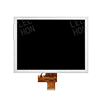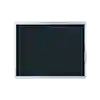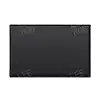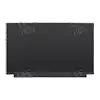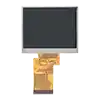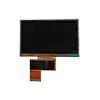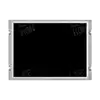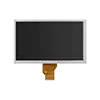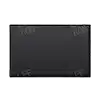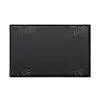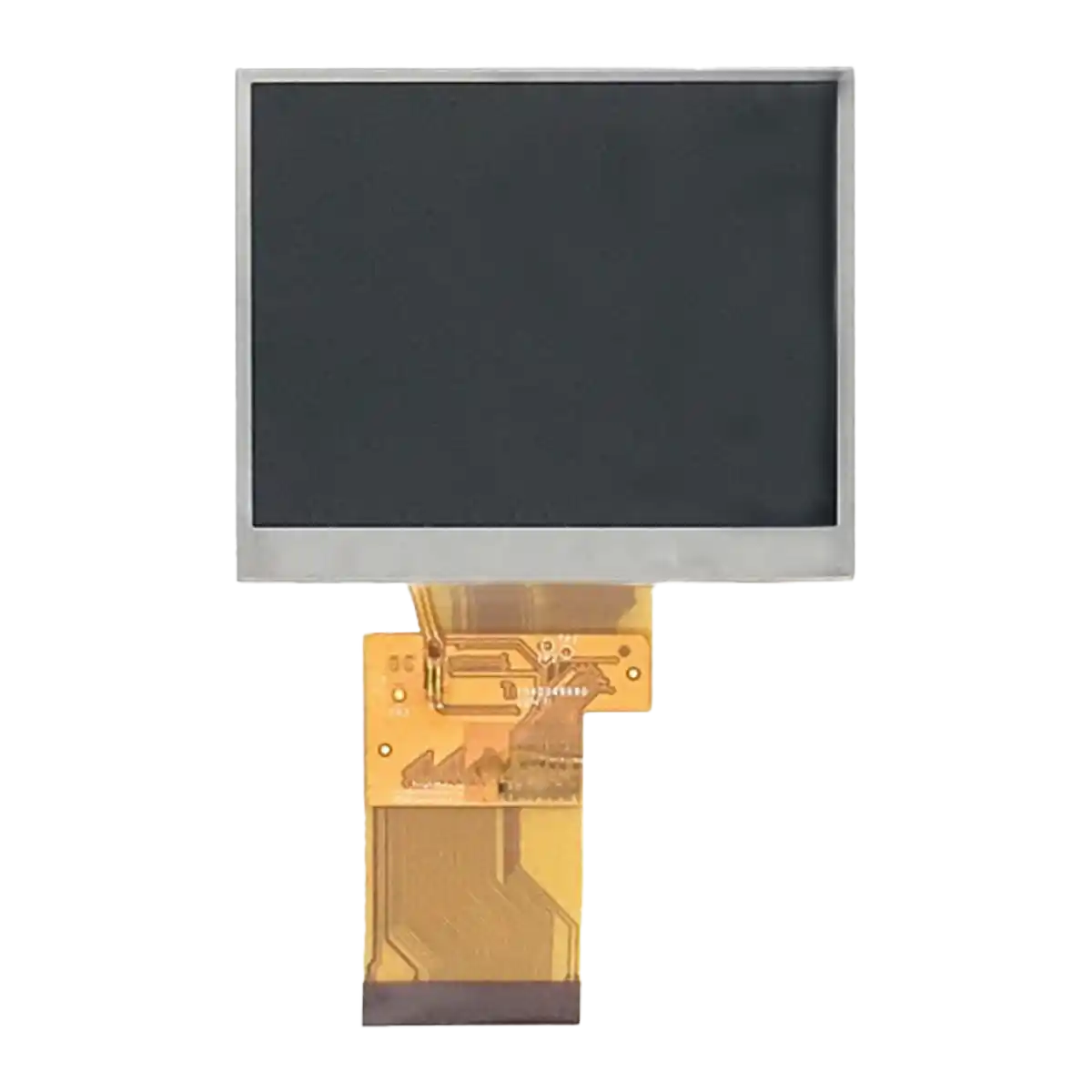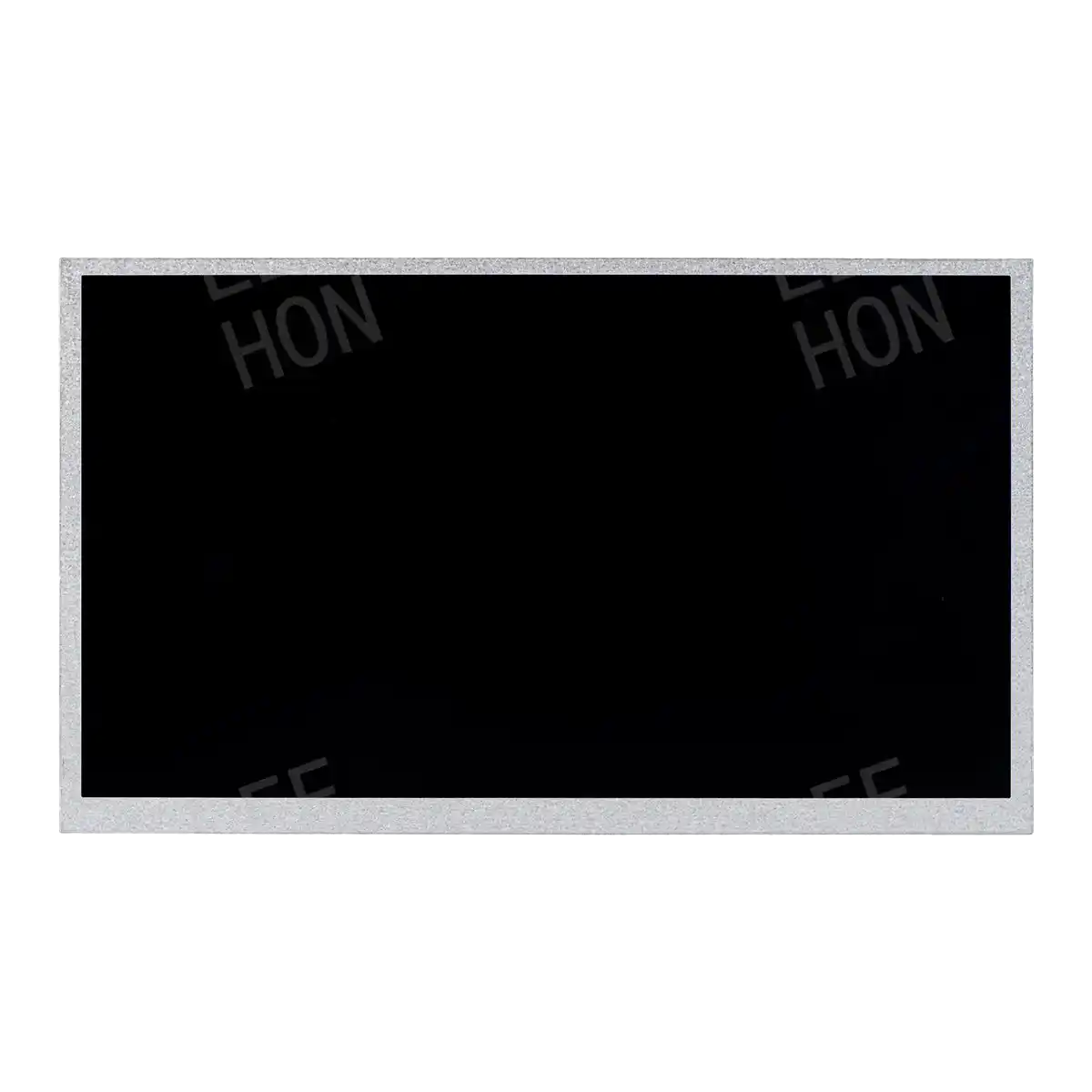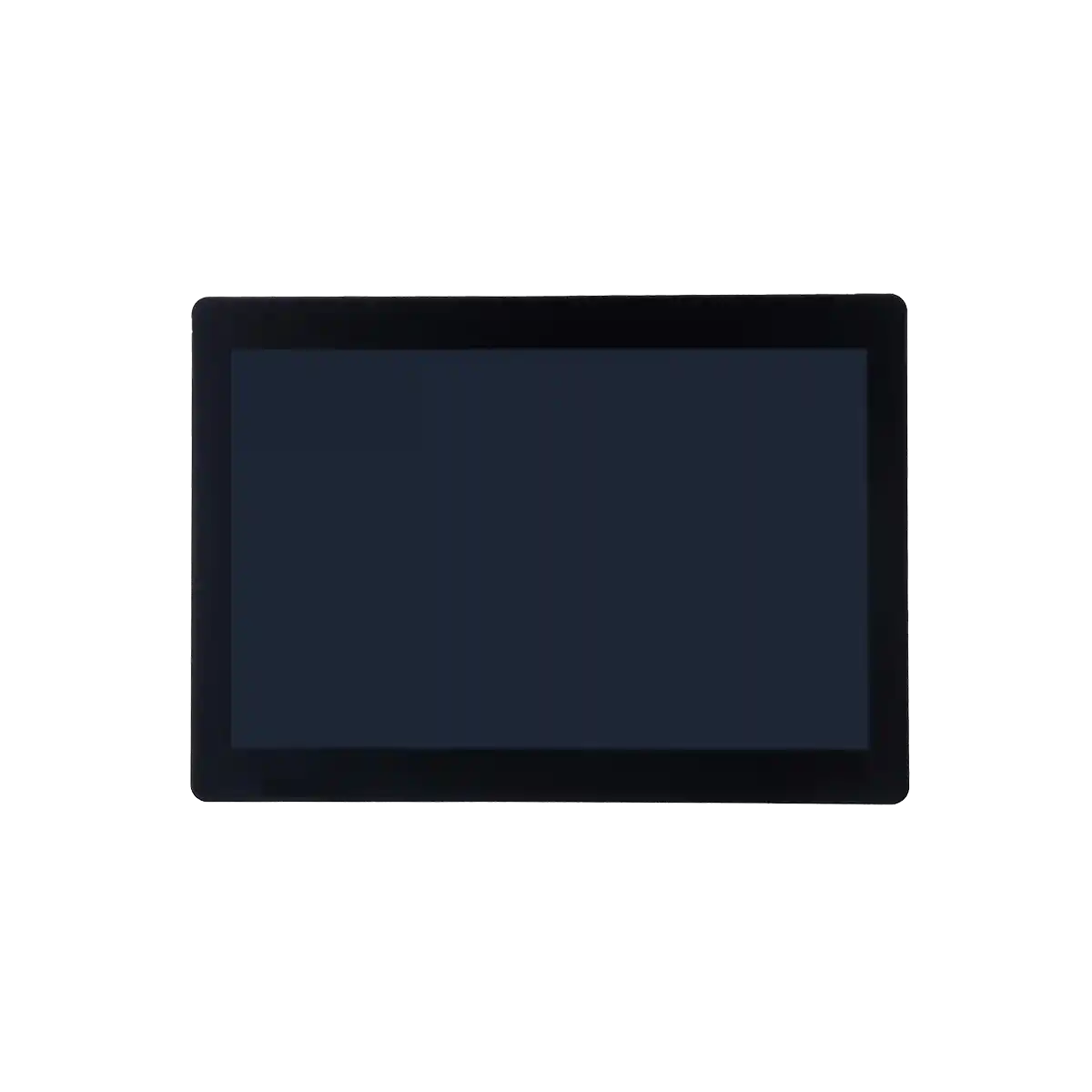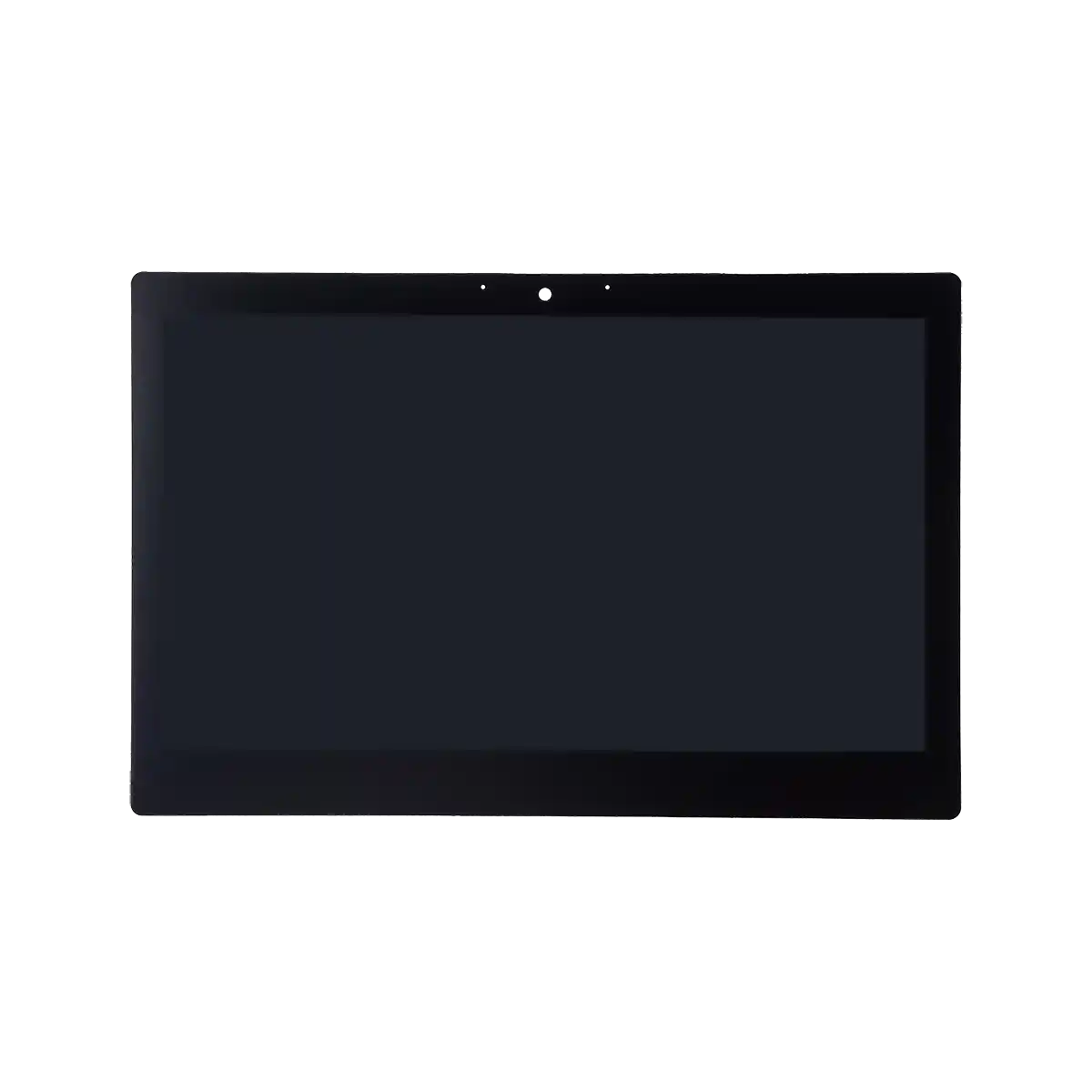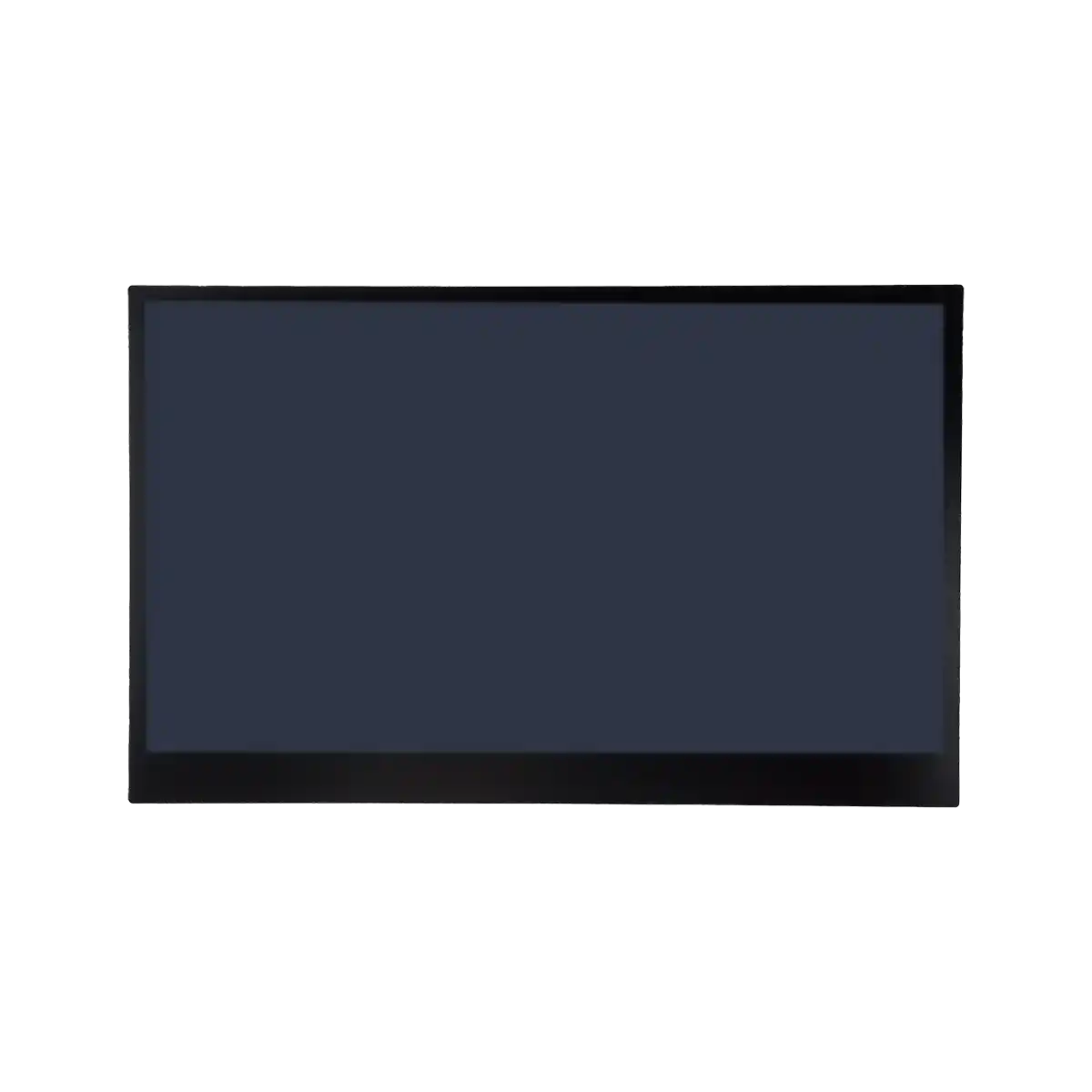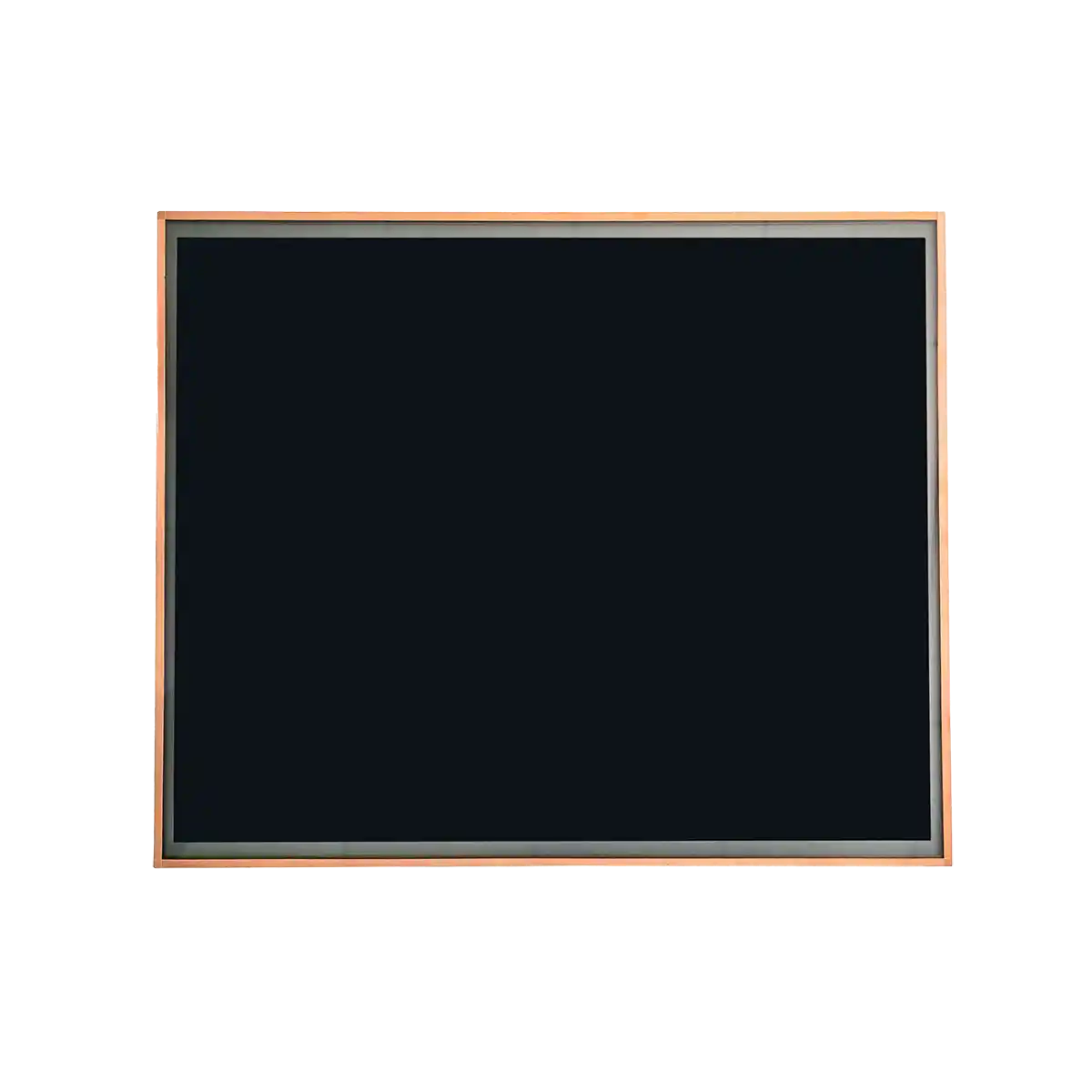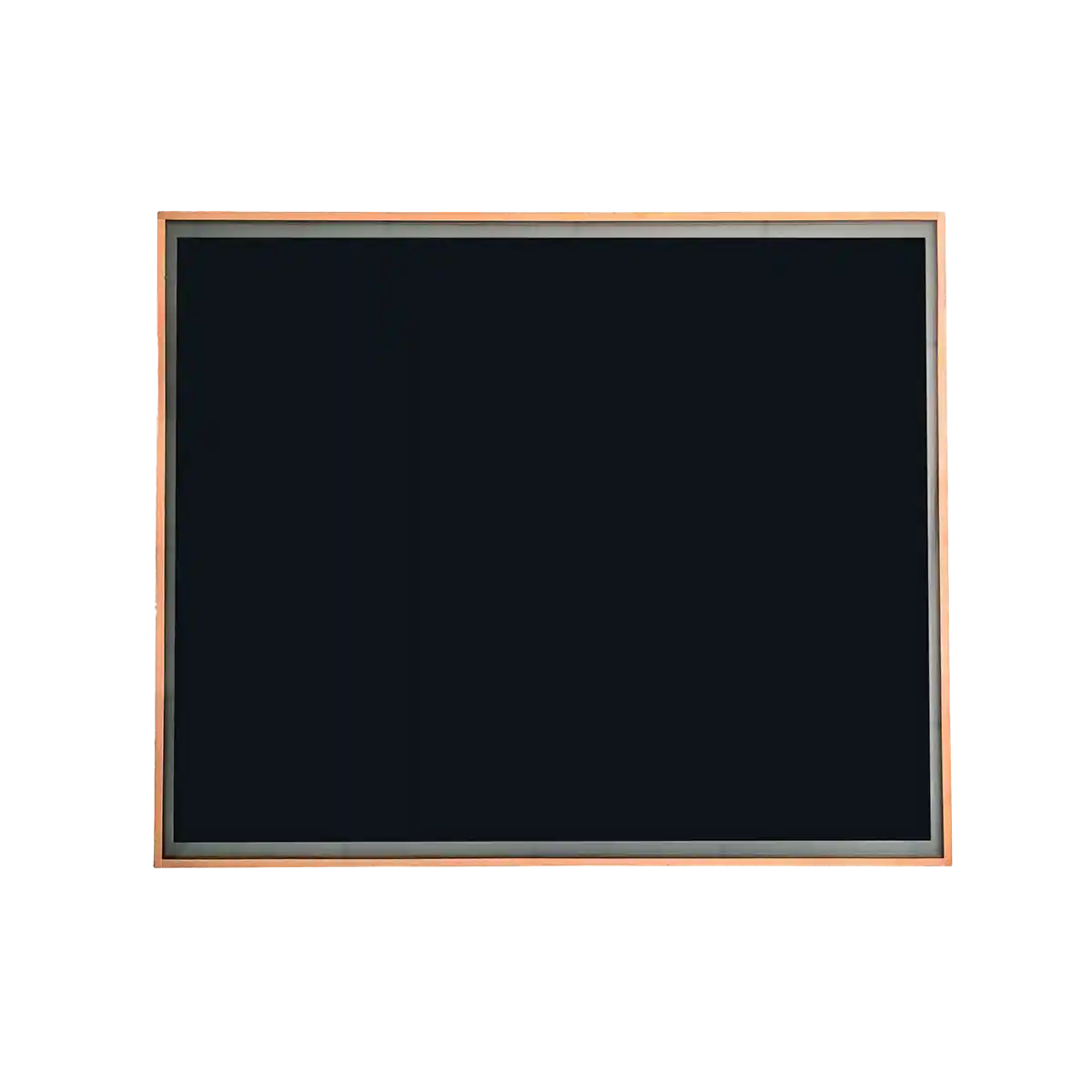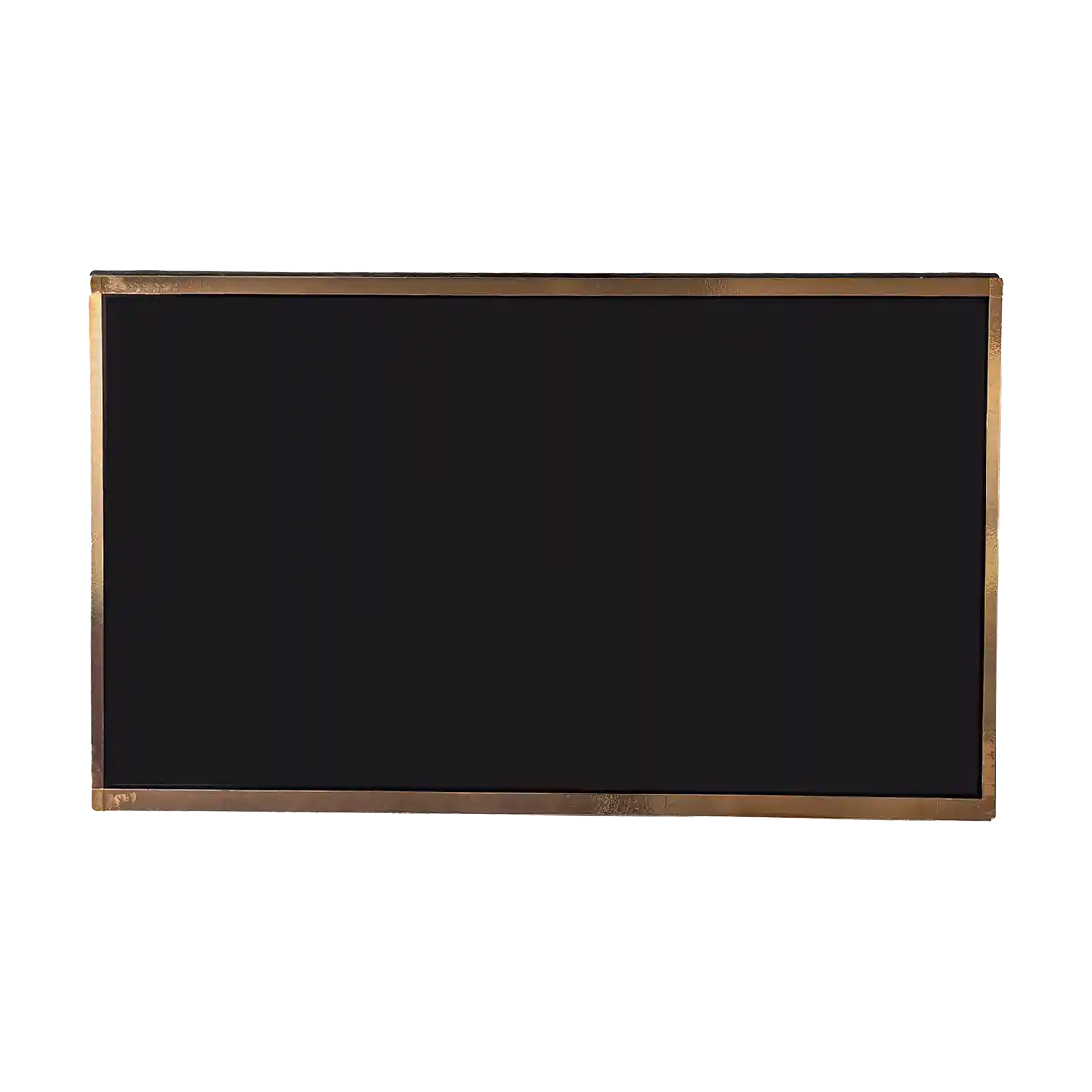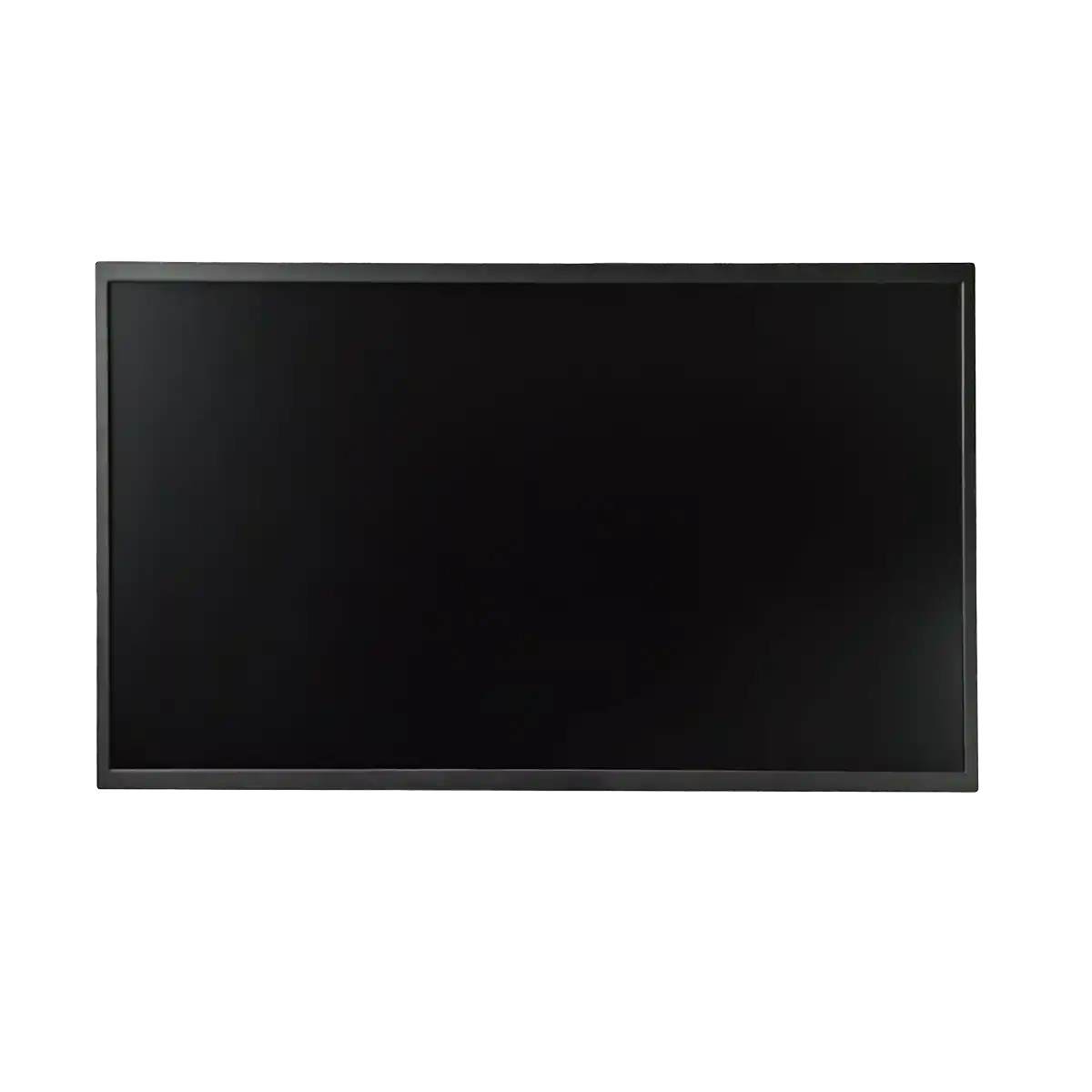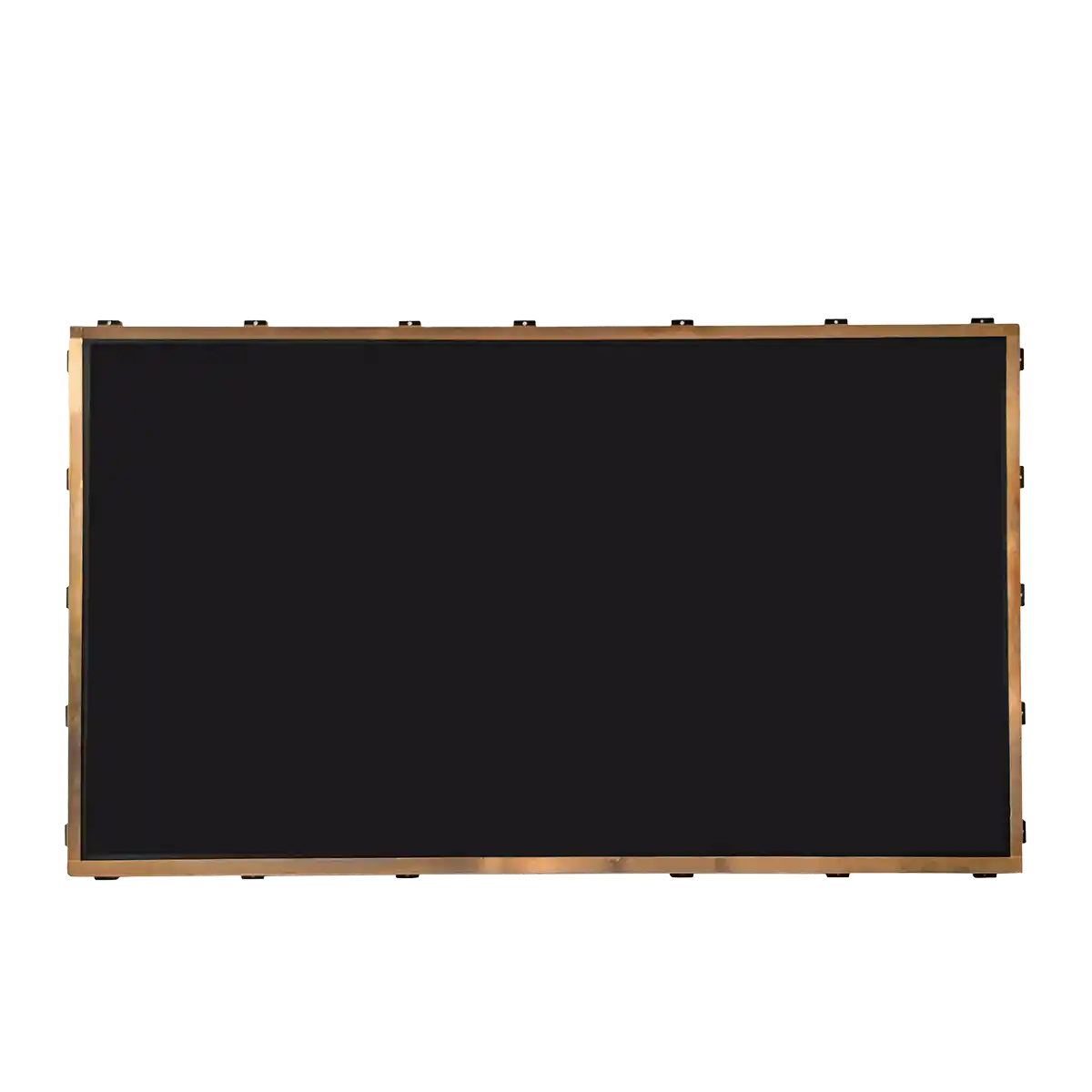Understanding the Basics of Industrial LCD Panel Technology
Introduction
As we delve into the intricate world of industrial display technology, the term "Industrial LCD Screens" emerges as a pivotal element in modern electronic systems. Industrial LCD screens, or Liquid Crystal Display screens, are specialized display devices designed to withstand the rigors of harsh environments and demanding applications. Unlike their consumer counterparts, these screens are engineered for durability, reliability, and longevity, making them indispensable in sectors such as manufacturing, transportation, and healthcare.
In this comprehensive exploration, we will dissect the fundamental principles that govern the operation of industrial LCD panels, elucidate their unique features, and examine the technological advancements that have propelled them to the forefront of industrial applications.

Body
The heart of an industrial LCD screen lies in its display technology, which is predicated on the manipulation of liquid crystals. Liquid crystals are unique substances that exhibit properties between those of conventional liquids and solid crystals. They respond to electric fields, allowing them to change their molecular orientation and thereby control the passage of light.
Operational Principles:
Pixel Composition: Each pixel, the smallest unit of an LCD screen, is composed of subpixels that represent the primary colors—red, green, and blue (RGB). By varying the intensity of these subpixels, a wide spectrum of colors can be produced.
Polarization: Light passes through two polarizing filters, one at the beginning and one at the end of the liquid crystal layer. The first filter polarizes the light, and the liquid crystals align to allow the polarized light to pass through the second filter, creating an image.
Backlighting:
Industrial LCD screens utilize various backlighting technologies such as Cold Cathode Fluorescent Lamps (CCFLs) or Light Emitting Diodes (LEDs). LEDs are preferred for their energy efficiency, long lifespan, and ability to provide uniform brightness across the screen.
Contrast and Viewing Angles:
Introduction
As we delve into the intricate world of industrial display technology, the term "Industrial LCD Screens" emerges as a pivotal element in modern electronic systems. Industrial LCD screens, or Liquid Crystal Display screens, are specialized display devices designed to withstand the rigors of harsh environments and demanding applications. Unlike their consumer counterparts, these screens are engineered for durability, reliability, and longevity, making them indispensable in sectors such as manufacturing, transportation, and healthcare.
In this comprehensive exploration, we will dissect the fundamental principles that govern the operation of industrial LCD panels, elucidate their unique features, and examine the technological advancements that have propelled them to the forefront of industrial applications.
Body
The heart of an industrial LCD screen lies in its display technology, which is predicated on the manipulation of liquid crystals. Liquid crystals are unique substances that exhibit properties between those of conventional liquids and solid crystals. They respond to electric fields, allowing them to change their molecular orientation and thereby control the passage of light.
Operational Principles:
Pixel Composition: Each pixel, the smallest unit of an LCD screen, is composed of subpixels that represent the primary colors—red, green, and blue (RGB). By varying the intensity of these subpixels, a wide spectrum of colors can be produced.
Polarization: Light passes through two polarizing filters, one at the beginning and one at the end of the liquid crystal layer. The first filter polarizes the light, and the liquid crystals align to allow the polarized light to pass through the second filter, creating an image.
Backlighting:
Industrial LCD screens utilize various backlighting technologies such as Cold Cathode Fluorescent Lamps (CCFLs) or Light Emitting Diodes (LEDs). LEDs are preferred for their energy efficiency, long lifespan, and ability to provide uniform brightness across the screen.
Contrast and Viewing Angles:
Industrial LCDs are designed to offer high contrast ratios and wide viewing angles, ensuring that the display remains legible under various lighting conditions and from multiple perspectives.
Touchscreen Integration:
Many industrial LCDs are equipped with touchscreen capabilities, employing technologies such as resistive, capacitive, or projected capacitive touchscreens to facilitate user interaction in environments where physical buttons are impractical.
Environmental Resilience:
Industrial LCDs are built to operate in extreme temperatures, resist vibrations, and endure shocks. They often feature sealed enclosures to protect against dust, moisture, and other environmental contaminants.
Interface and Connectivity:
These screens support a variety of interfaces such as HDMI, DVI, VGA, and DisplayPort, ensuring compatibility with a wide range of industrial equipment and systems.
Conclusion
The evolution of industrial LCD panel technology has been marked by a relentless pursuit of enhanced performance, durability, and adaptability to meet the needs of diverse industrial applications. As we conclude our exploration, it is evident that the sophistication of these displays is not merely a matter of improved aesthetics but a testament to the engineering prowess that ensures their reliability in critical environments.
Expansion
Looking ahead, the future of industrial LCD technology promises further integration with smart systems and the Internet of Things (IoT), enabling more interactive and intelligent displays. Advancements in materials science may also lead to the development of flexible and unbreakable LCD screens, opening up new possibilities for industrial design and functionality.
Furthermore, as energy efficiency becomes increasingly paramount, we can expect a greater emphasis on power-saving technologies within industrial LCD panels. This includes the development of lower power consumption display technology, such as OLEDs (Organic Light Emitting Diodes), which offer the potential for even greater efficiency and contrast.
In conclusion, the journey through the basics of industrial LCD panel technology reveals a field rich with innovation and poised for further growth. As these displays continue to evolve, they will undoubtedly play a central role in shaping the landscape of industrial automation and digital interfaces for years to come.
Recommended Articles
-
Are the displays in Tesla's Cyb
2024-12-10 -
Interpretation Report on AUO's
2024-12-05 -
ADS Pro: The Future of Display
2024-12-04 -
The Trajectory of South Korea's
2024-12-04 -
Practical Applications of Indus
2024-09-26 -
Hangzhou LEEHON Technology supp
2024-09-14 -
How to Check for Issues in Indu
2024-09-11 -
How does an LCD screen find ind
2024-09-11 -
What is the difference between
2024-09-11 -
In-depth analysis of the develo
2024-09-10


